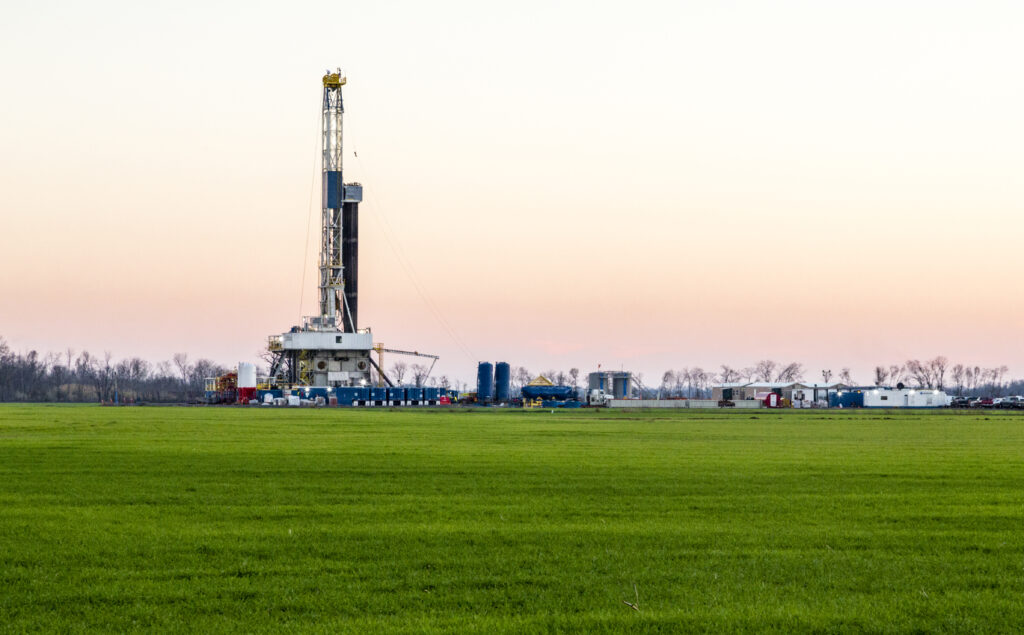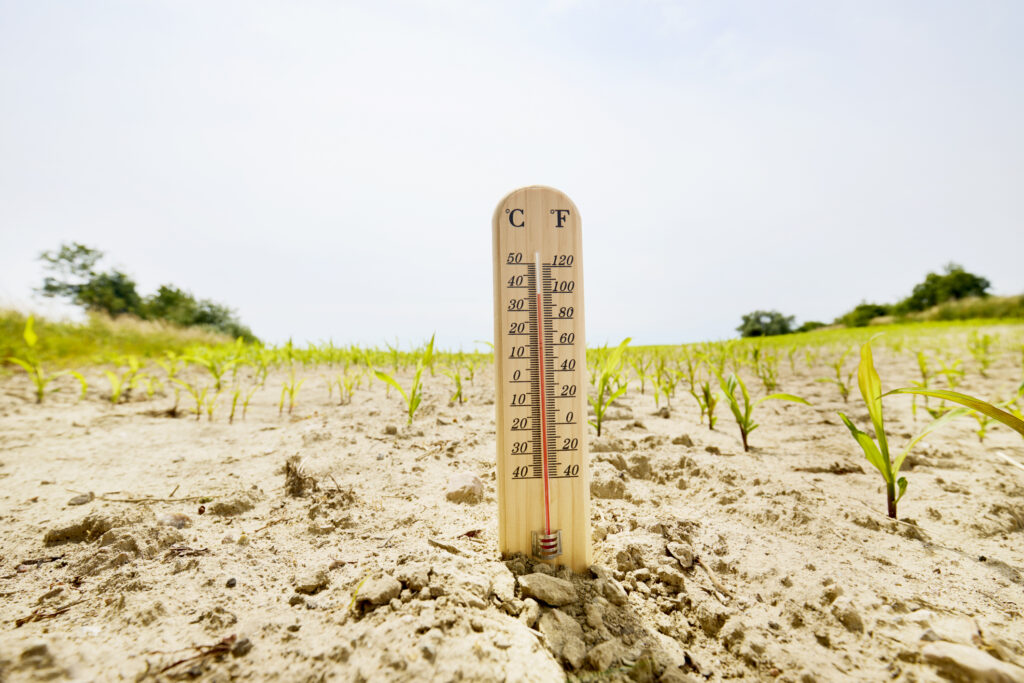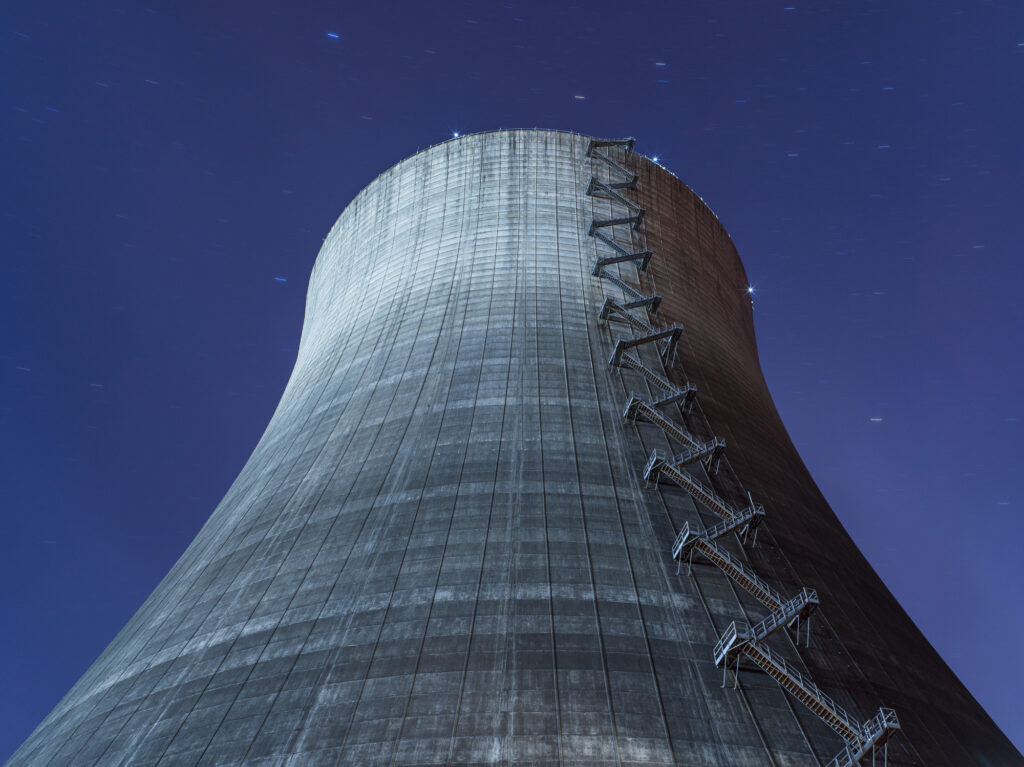The number of oil and gas leases granted by the federal government in the western United States declined by 44 percent during the first two years of the Obama administration versus the last two years of the Bush presidency, according to a new study prepared for the American Petroleum Institute (API) by EIS Solutions.
The study also raises questions about the accuracy of federal Bureau of Land Management (BLM) claims the federal government increased the granting of oil and gas leases on public lands in 2011. According to the study, more than 58 percent of the leases cited by the BLM were not new at all, but rather leases sold in prior years and tied up in administrative or legal challenges.
Misleading Assertions
Kathleen Sgamma of the Western Energy Alliance says when public-land oil and gas leases sell at auction, the government faces a 60-day window within which it is required to provide the lease to the winning bidder. The uptick in 2011 leases cited by the BLM included leases from a significant backlog that were two to five years old. According to Sgamma, BLM cleared the backlog in 2011, but it didn’t increase the number of new leases issued.
Leases Canceled
Sgamma explained the Interior Department added three additional layers of analysis to the leasing process in 2010. Sgamma also noted Interior Secretary Ken Salazar canceled 77 oil and gas leases in Utah for environmental concerns just one month into the Obama administration.
“Last year in Colorado, four parcels were offered for sale representing about 4,400 acres for development,” said Sgamma. “Five years earlier, about 300 parcels were offered representing 220,000 acres. Leasing in Colorado for 2011 is down 98 percent.”
Contrasting Private, Public Lands
During his State of the Union speech in January, President Obama said domestic oil production is “the highest it’s been in eight years,” but much of the production has occurred on private lands in Montana, North Dakota, and Texas that are not subject to the slow-moving federal lease process.
“The Bakken produced about 100,000 barrels in 2007 and has grown to 540,000 barrels in 2011, a near 450 percent increase,” said Ron Ness, president of the North Dakota Petroleum Council. “The state has seen a $1 billion budget surplus going on three years, which has allowed the legislature to cut income, property, and corporate taxes the last two legislative sessions.”
Sgamma attributes the success of the Bakken to the fact that it falls largely on private property.
“If the Bakken were on federal lands, we would only be in year five of a seven year environmental analysis, with still a few more years to add onto that for permitting. Compare that to an average thirty day permitting time for state and private lands,” Sgamma observed.
According to the National Conference of State Legislatures (NCSL), North Dakota has the nation’s lowest unemployment rate, at around 3 percent.
Brian Fojtik ([email protected]) is president of Brownstone Communications.
Internet Info:
“Employment, Government Revenue, and Energy Security Impacts of Current Federal Lands Policy in the Western U.S.,” American Petroleum Institute, January 2012, http://new.api.org/Newsroom/upload/API_Booklet_Jan_2012_v2-1.pdf





